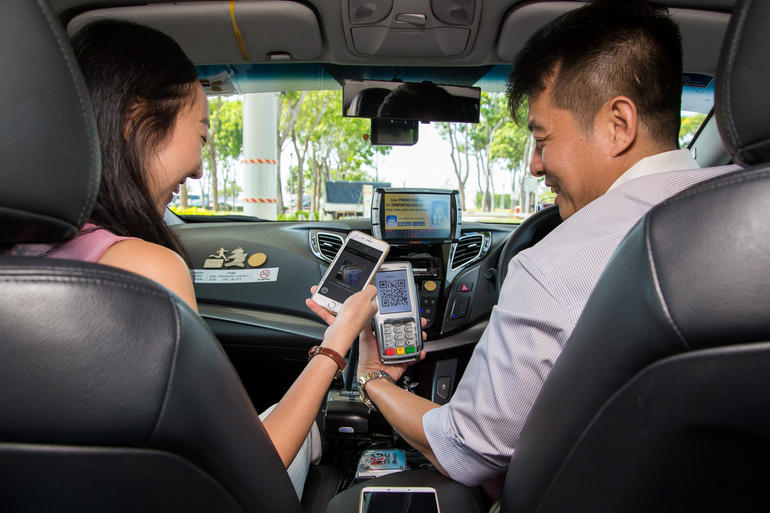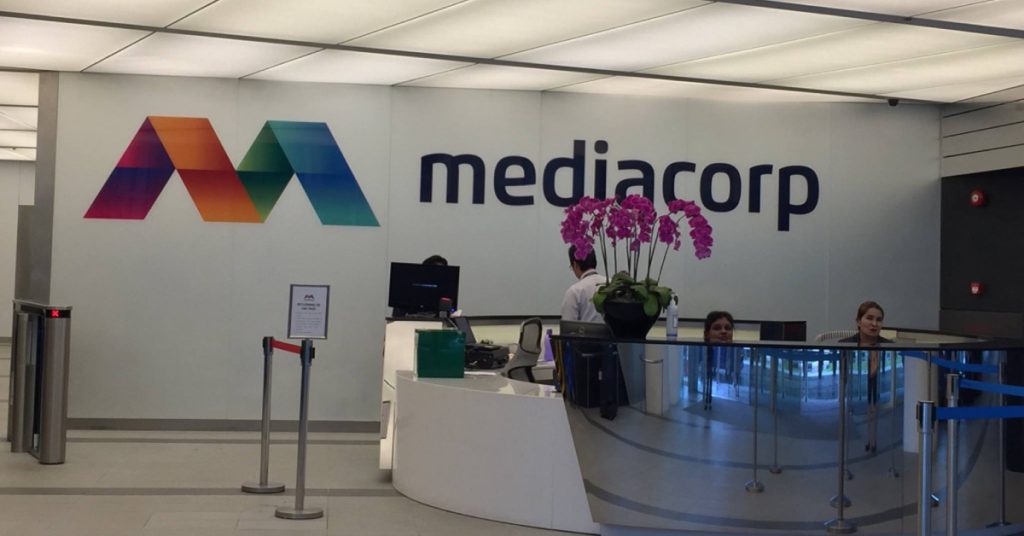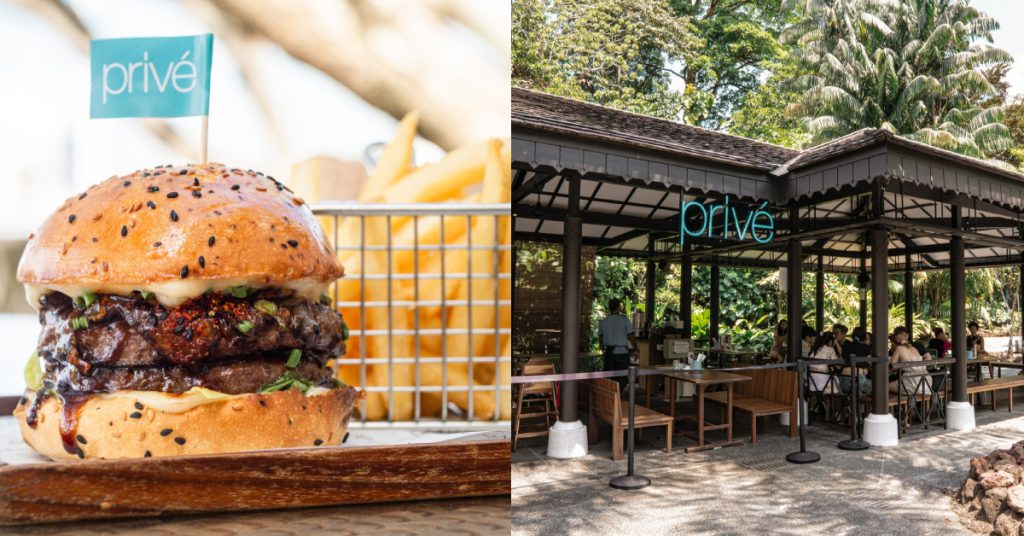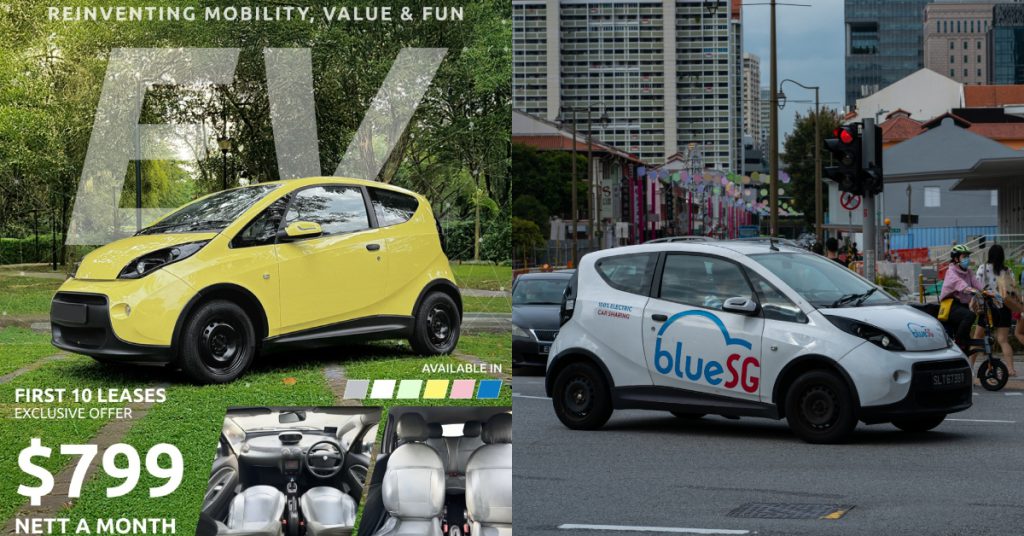If you have been to China in the last 2 years, you would have noticed that in China, the country has truly transformed into a cashless society.
For daily transactions, the Chinese have been using mobile payments such that if you ask a merchant (or even a cab driver) if they accept cash payments, they will frown at you.
When eating out or shopping, transactions are often done by scanning a QR code on the restaurant table or by showing a similar code on their smartphones to the cashier.
The question was often “Do you accept Alipay or WeChat Pay?” rather than “Do you accept credit cards?”.
There is also a hidden joke in the country that even street beggars would rather accept mobile donations than cash, showing how dominant mobile payment is in the country.

And it seems like the mode of payment is slowly picking up pace in Singapore.
Seven mobile wallets, acquirers and payment networks that include Diners Club, EZi Wallet, EZ-Link, Liquid Pay, Mastercard, UnionPay International and Wirecard has just announced their collaboration and formation of a consortium that will enable interoperable QR payments in Singapore for consumers and merchants going forward.
What this means is that, you can now pay the merchants of the 7 payment networks as if they have a shared database.
Diners Club’s network now recognises the merchant from the other 6 partners. In terms of the actual payment process flow, it will be very similar where consumers use their payment apps to scan a QR code.
The new consortium’s goal is to promote electronic payments in Singapore, in line with the Singapore Payments Roadmap, with the aim of supporting interoperability among 2 million customers and 50,000 merchants in Singapore by the end of the second quarter of 2018.
The Ongoing Mobile Payment War In Singapore
Deborah Heng, Country Manager of Mastercard Singapore, said that this collaboration is part of “our commitment to support the nation’s vision to build an open-loop QR code system based on global EMVCo QR standard ”, signalling that there is a big push towards cashless payments in Singapore.
“As a simpler, easy-to-use form of cashless payment that can be supported by almost any mobile device with a camera feature, QR Code payments will also be a key catalyst in UnionPay’s drive to help Singapore realise its vision of becoming a truly cashless society”, added Wenhui Yang, General Manager of UnionPay International Southeast Asia.
This initiative is in line with SG QR – which was developed by an industry taskforce co-led by the Monetary Authority of Singapore (MAS) and Infocomm Media Development Authority.
SG QR, put simply, lays down the rules and standards for any corporations who are looking to enable QR code payments in Singapore.
Here’s a look at the industry members in the SG QR Taskforce:
- Alipay Singapore E-Commerce Private Limited
- American Express International Inc.
- DBS Bank Ltd
- EZi Technology Pte Ltd
- EZ-Link Pte Ltd Co.
- Fomo Pay Pte Ltd
- Gpay Network (S) Pte Ltd (Grab)*
- Liquid Group Pte Ltd
- Mastercard International Inc
- Network For Electronic Transfers (Singapore) Pte Ltd (NETS)
- OCBC Bank Ltd
- SEA Group*
- Singapore Telecommunications Ltd (Dash)
- UnionPay International Co., Ltd
- United Overseas Bank Ltd
- Visa Worldwide Pte Ltd
- Tencent Holdings Limited (WeChat)*
* marks that the members are newly added
Looking at the list, there are a few observations one can make with regards to the dynamics and upcoming mobile payments land grab in Singapore.
Choosing Sides – May The Best One Win
For the banks, they have all partnered up and joined e-payments giant NETS, leveraging on each other’s network.
Customers can use their existing banking app to scan a QR code for payments at NETS terminals. For example, you can pay for a kopi at a hawker centre using NETS, by scanning a QR code on your phones.
According to NETS, its QR code payment system is already available at 30,000 acceptance points, including more than 600 stalls across 20 hawker centres, and school canteens at some polytechnics and universities.
By June this year, the QR code payment will be rolled out to all 100,000 of its acceptance points country-wide, which will cover the remaining 100 hawker centres, supermarkets, and taxis, among others.

Compared to the newly-formed consortium by Diners Club, EZi Wallet, EZ-Link, Liquid Pay, Mastercard, UnionPay International and Wirecard which only has a network of 50,000 merchants, the NETS and Singapore banks “consortium” does have a slight advantage in terms of economies of scale.
Of course, let’s not forget about the Chinese, who have successfully figured out the mechanics and different nuances of QR code payments in China.
Alipay and WeChat Pay have been aggressive too in Singapore.
In certain stores and even on local taxis, if you pay using Alipay, you can get very generous rebates.
And then there is GrabPay and also SEA, or more commonly recognised as Garena, who are both pushing for their individual mobile wallets.
In November last year, GrabPay officially revealed its new in-store and in-restaurant payments feature.
GrabPay will focus on over 20,000 local, cash-based merchants. According to the PR team, GrabPay has onboarded over 1,000 of such merchants.
With an arsenal of 4 million Grab users in Singapore, GrabPay has not partnered with anyone on the SG QR industry members.

So while we are going about our daily lives, the mobile payment industry in Singapore is actually undergoing a major shake up.
Major local institutions are scrambling around to fight for a piece of the mobile payment market share, with the Chinese are coming in eyeing a piece of the pie too.
QR codes are cool again, cash payments will soon be passé.
And the day may come sooner than you think.














